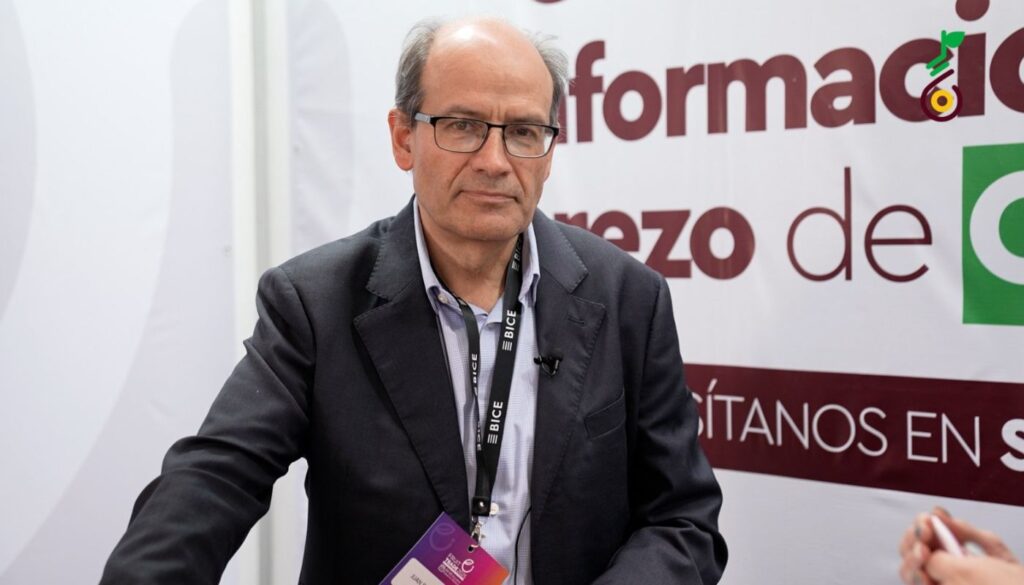We tell you why nanobubbles are the ideal method for controlling algas.
This technology increases the transfer of oxygen to the water, controlling the proliferation of algae and enhancing the regeneration of aquatic life.
Although algae are an important part of the aquatic ecosystem, excessive concentrations of algae can affect the ecological balance, leading to the appearance of toxins that reduce the quality of water for human consumption and decrease the amount of oxygen available for fish, according to the Planeta Tierra portal.
This causes environmental and economic damage to all kinds of industries, including tourism. In fact, you can check out the success story of the Xcaret water park in Mexico, which after trying various treatment methods, only nanobubbles were found to provide a definitive solution to control the growth of algae that generated bad odors and whose properties were even toxic to people and animals.
For this reason, controlling and treating algae through a sustainable, effective and profitable solution is what has led to nanobubbles being considered in different sectors as one of the most reliable technologies to apply in ponds, lakes and others.
Here are the reasons:
1. Promotes total ecosystem health
Oxygen nanobubbles, particularly those provided by Moleaer generators, represented in Latin America through Kapicua (Laevo Group), increase oxygen reduction potential (ORP) and dissolved oxygen (DO) in lakes, ponds, rivers and oceans, leading to naturally restoring ecosystem health, preventing odors, death of vital ecosystem, sediment build-up, poor water quality and algae blooms.
They act by continuously supplying oxygen to the water, maintaining adequate levels to sustain the ecosystem of healthy water bodies. The same emission of nanobubbles into the water mitigates aquatic insect populations, also promoting beneficial bacteria, benthic organisms, and health in living organisms and higher levels.
2. Control the nutrients
Algae need light, heat and nutrients to grow and proliferate. But most bodies of water that accumulate in ponds generate excess nutrients, which in turn allow algae and bacteria to proliferate. In addition, the low oxygen level at the bottom of lakes, ponds and other places causes additional releases of nutrients from sediments, which further worsens water quality.
Oxygen nanobubbles play a leading role because they stop the release of phosphorus by promoting aerobic digestion of sediments, and reduce biologically available nitrogen in the water by effectively aerating the entire body of water, regardless of depth or temperature.
3. Improves water quality and clarity
Due to its particularities, nanobubble technology helps to recover highly contaminated water, contributing to the prevention and reduction of algae growth.
When applied, oxygen is constantly injected into the water, which favors:
– Removal of vegetation that is already decomposing in the water.
– Reduction of organic material in the sediment layer through aerobic decomposition.
– Elimination of bad odors.
– Reduction of turbidity and improvements in water clarity.
In addition, nanobubbles provide a gentle antioxidant effect, without the use of chemicals, which has been shown to destroy algae cells and reduce their toxin levels, much more efficiently than other methods.
Another interesting case is the work carried out by Marino Morikawa, a Peruvian-Japanese scientist, in the recovery of the El Cascajo wetland in Peru. This wetland was full of algae that prevented the oxygenation of the water; they released animal waste, toxins and other products that clouded the water so much that it stopped being blue and acquired a dull green hue. His work with nanobubbles allowed him to recover the wetland's ecosystem and its healthy blue color.
Get the best solution for algae control now!
Nanobubbles are a technology that is becoming more widely used because they provide an effective, chemical-free treatment for algae mitigation. They are able to suppress harmful pathogens, naturally improving the health, quality and cleanliness of the water.
In Chile you can find this technology through Kapicua (Laevo Group), representative in Latin America of the world leader in nanobubbles, Moleaer.










